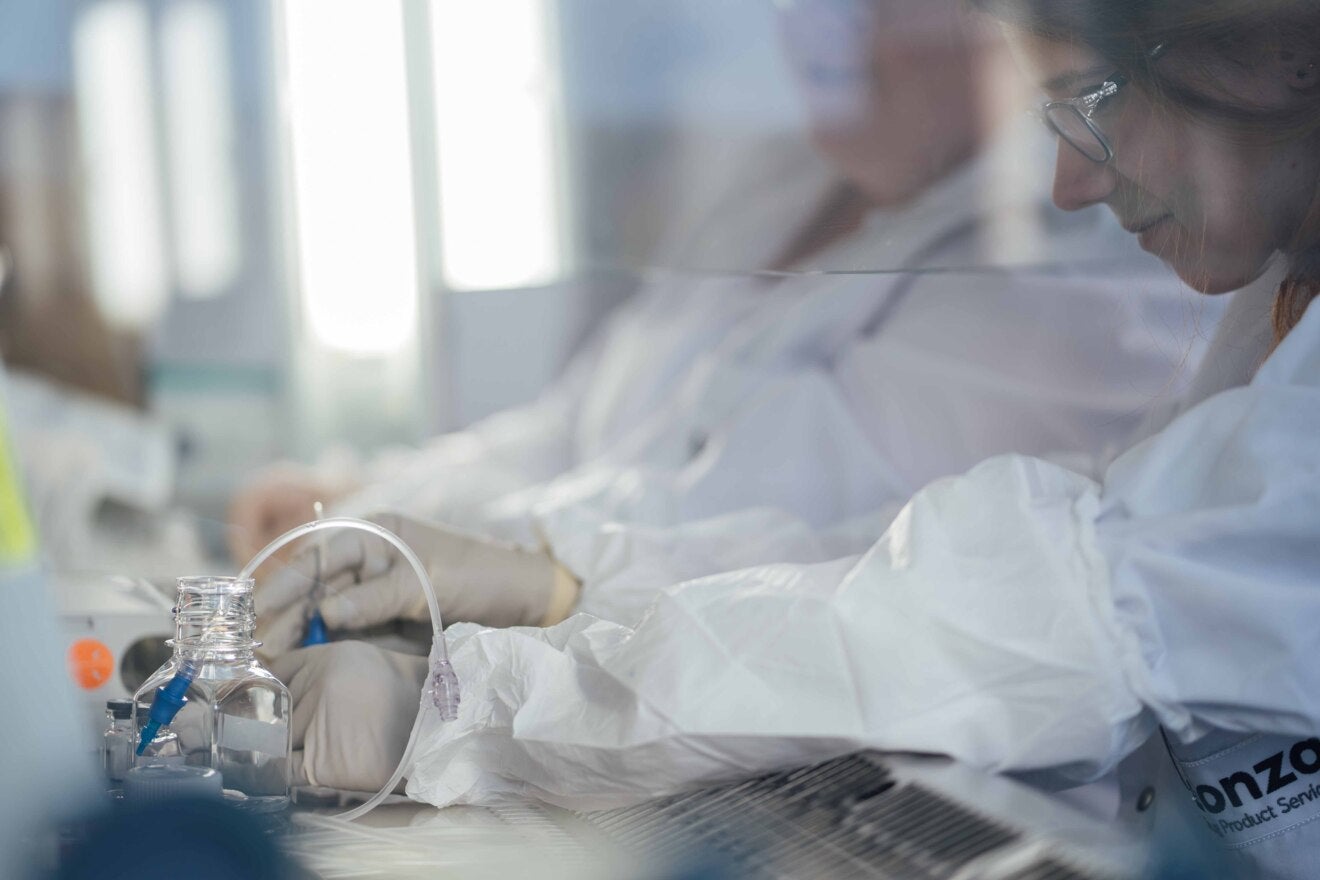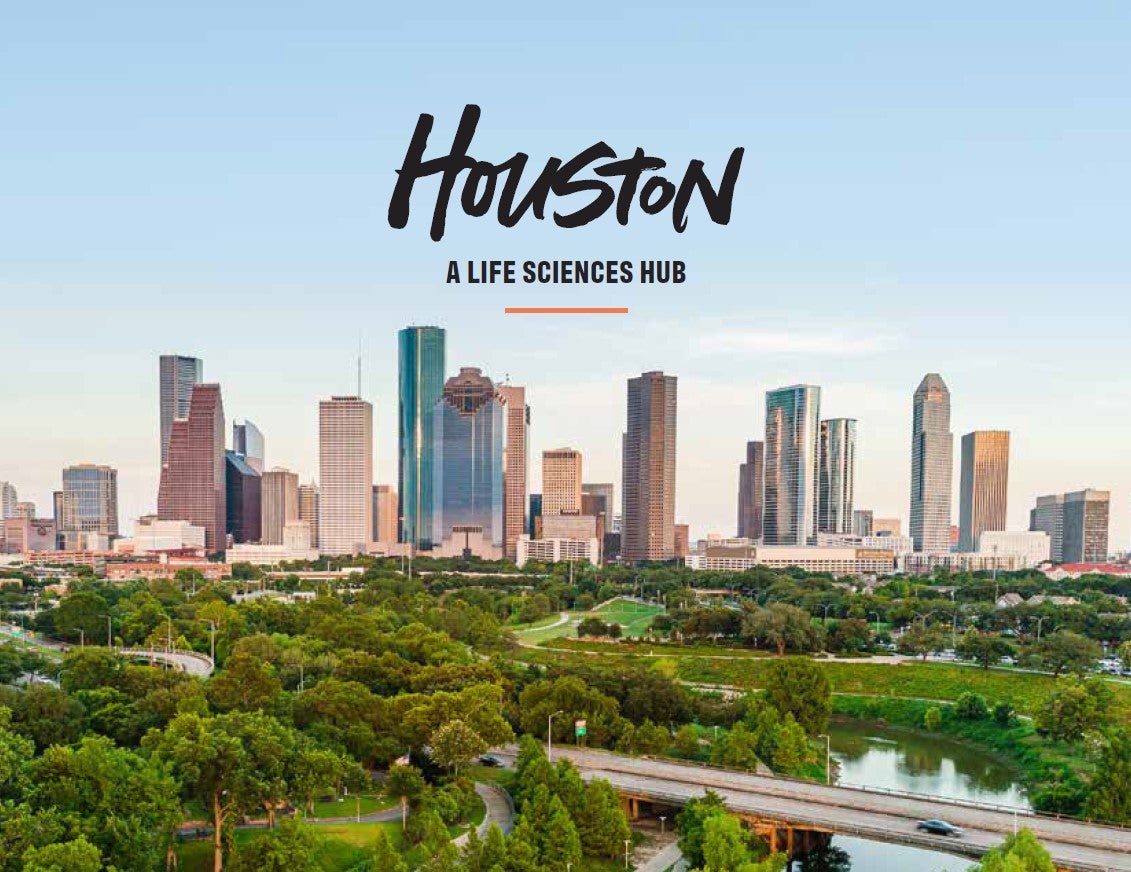
The life science industry has seen a boom in investment over recent years. With the Covid-19 pandemic placing the field in the global spotlight, these investments are sure to gather pace across life sciences, biotechnology and the real estate required to give entrepreneurs the space they need to thrive.
Despite last year’s slowdown in VC investment, the check sizes grew and emerging life sciences hubs are on the rise, proving the sector is well positioned for growth. In the US, investors and top talent in the industry are spoiled for choice. A growing number of regions are priming their resources and identifying strategic steps to meet the demand for a growing industry.
Identifying key trends in life sciences
A worldwide rush is under way to attract talent and investment in the life science sector. As regional hubs compete to establish themselves as global leaders, resources are being mobilised to get to grips with future trends and facilitate growing real estate demands.
One key sector that is rapidly growing in the life science and biotechnology industry is cell and gene therapy manufacturing. The first FDA-approved gene therapies (Luxturna and Kymriah) entered the market in 2017, and many more are currently under development. Facilities that can accommodate clinical trials, as well as be prepared for scalability in gene therapy manufacturing, are in huge demand.
Other major trends include molecular diagnostics with the industry increasingly focusing on developing techniques to detect risk and monitor disease. Fully developed, the techniques will enable earlier interventions and more personalised care. Analysis of biological markers in the genome and proteome is booming, as well as innovations in medical devices for health monitoring.
Meeting the demand for US innovation
A recent study conducted by Newmark Consulting Group states that Houston, Texas, offers life science companies the opportunity to thrive in a competitive market, particularly in the cell and gene therapy, biologic drug development and molecular diagnostics sectors.
Home to almost 700 life science companies, in addition to top-ranked universities and colleges that provide a continuous flow of new talent, the Houston area is currently accommodating more than 4,600 active clinical trials – representing 15% of all active US clinical trials. The region’s growth shows no signs of slowing, with cash injections via National Institutes of Health (NIH) grant funding totalling nearly $4bn over the past five years. NIH funding is continuing to climb with Houston-area institutions receiving $864.1m in grants in 2021 – a rise of 16.3% year on year. Another programme incentivising Houston-based companies is run by the Cancer Prevention and Research Institute of Texas, a 20-year and $6bn initiative to provide grants for innovative cancer treatments across Texas. It represents the largest state-funded cancer research investment in US history, doling out awards worth more than $3bn since 2010.
In addition to its diverse and talented workforce, Houston is home to the world’s largest medical facility – the Texas Medical Center (TMC). Internationally renowned for being at the forefront of advancing medicine, TMC is building Helix Park, a world-class life science campus that will unite the best minds in medicine, science, academia and commerce to rapidly drive new research breakthroughs. A first-of-its-kind translational research initiative, the visionary 37-acre campus will include shared and proprietary research centres, multidisciplinary labs, healthcare institutions, a hotel and conference centre, a residential tower, retail, restaurants and a unique double-helix green space. A corner stone of the campus is the 250,000ft2 TMC3 Collaborative Building, which will foster ongoing collaboration between academic institutions and industry partners. The building, which is slated to be complete by year’s end, will also host commercial life science companies and industry leaders as well as national venture and equity fund partners.
Although life science investment across the US has become increasingly competitive over recent years, Houston has become one of the standout locations pulling it in. Other exciting developments include:
- Houston-based global real estate company Hines is working on Levit Green, a 53-acre master-planned district near the TMC designed to offer a curated mix of uses. These include research facilities, office, residential, shopping and dining spaces, and outdoor amenities and green space. Texas A&M University, in collaboration with Medistar and Healthcare Trust of America, are also working on a new five-acre campus within TMC. It will include an Engineering-Medicine tower, a life sciences tower with dry and wet labs, restaurants, retail and medical office space, and a residential tower.
- Generation Park, a master-planned business community, will soon be home to the San Jacinto College Biotechnology Center, which will offer students hands-on experience in a pilot-scale bioprocessing centre that includes upstream, downstream and fill-finish facilities, as well as specific curriculum in cell and gene therapy and other innovative and developing industry sectors. The centre has partnered with the National Institute for Bioprocessing Research and Training (NIBRT) to be the exclusive provider of licensed training programmes in the south-western and south-eastern US. San Jacinto College will be NIBRT’s sixth global partner and the second in the US.
Little wonder why Houston scores so highly in rankings of national life science hubs. Analysis from JLL, a commercial real estate services company, places Houston seventh in the US for STEM degrees among workers, and eighth in wage positioning (that is, wages exceeding industry averages to draw top talent). Houston also ranked 13th in a 2022 analysis of the top 25 US life science markets from CBRE, another real estate company, thanks to low living costs, impressive job growth and an influx of VC.
This vibrant activity is also spreading into neighbouring areas:
- In the Woodlands, Cellipont Bioservices – a cell therapy contract development and manufacturing organisation – is expanding from its San Diego base to build a 76,000ft2 manufacturing facility for cell and gene-modified cell therapies.
- Swiss bio company Lonza will produce treatments for rare genetic disorders from a new dedicated cell and gene therapy facility in Pearland – the world’s largest.
- In Conroe, plasmid DNA manufacturer VGXI is opening a new manufacturing facility in Deison Technology Park, which will expand the company’s production capacity fivefold in the first development phase alone.
- Bellicum Pharmaceuticals, Johnson & Johnson, Lexicon Pharmaceuticals and Tvardi Therapeutics are just some of the other global life science names with a presence in the region.
For life science companies and investors looking to Texas to expand, the Greater Houston Partnership can provide support and expertise – enabling the region’s business community to collaborate, blossom and thrive.
To find out more, download the whitepaper below.



